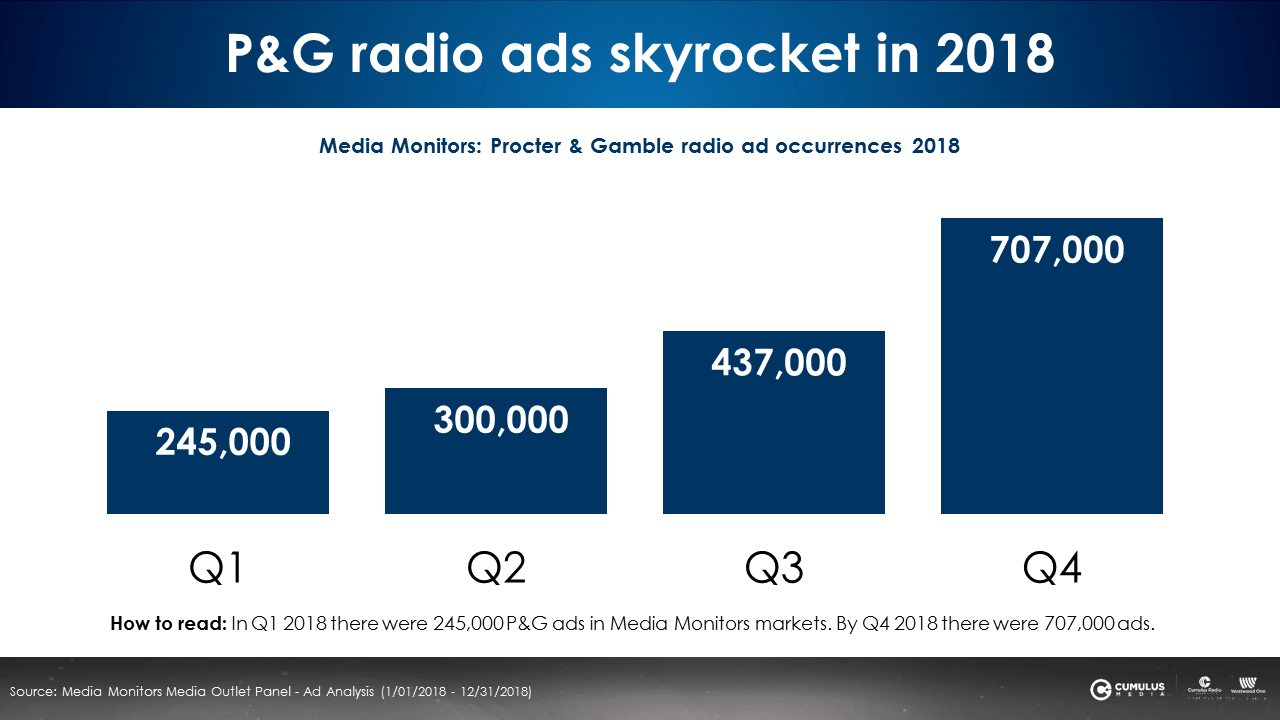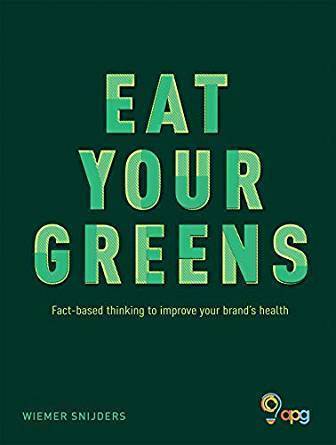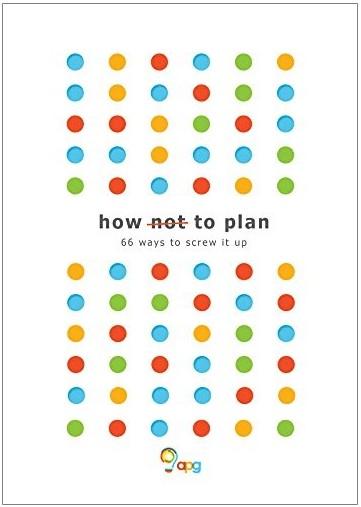Why Is P&G The Fastest Growing Advertiser On American AM/FM Radio?
Media Monitors, the firm that monitors ad occurrences on thousands of U.S. radio stations, is out with their tally of 2018 U.S. top advertisers. The new rankings have raised eyebrows.
Procter & Gamble, an advertiser that has not advertised on AM/FM radio in any meaningful manner in decades, was the fifth ranking advertiser on AM/FM radio in 2018. P&G’s ranking in number of ads run is up dramatically from number 39 in 2017.
An examination of the number of ads run in 2018 shows an astonishing trend. Each quarter of 2018, P&G’s radio allocations grew exponentially.

The number of radio ads run by P&G in Q4 2018 was nearly triple what was run in Q1 2018.
Philippe Generali, CEO of Media Monitors, predicts P&G could be the leading user of AM/FM radio in 2019: “The CPG company is already the #1 advertiser on broadcast TV and cable and is clearly looking to also become a dominant player in the radio advertising world. No doubt P&G loves the additional unmatched reach across the US population that radio can provide to them when they are maxed out on TV and cable.”
Why is P&G turning to AM/FM radio?
Digital fraud and eroding TV audiences caused P&G’s radio rediscovery. At a 2017 radio conference, P&G executive John Fix commented: “[P&G and] other CPG giants have grown frustrated by narrow digital-ad targeting. P&G wants to speak to everyone, not a narrow target.”
Fix said, “P&G wants to reach as much of America as it can, once a week … While TV has been its media cornerstone, it’s a costly investment to use television to reach 72% of the U.S.” He continued, “The brands are looking to get the reach they want and they can’t get it with TV. Knowing that, radio seemed to be an option.”
P&G is using radio in media buys to reach those TV can’t reach. Fix explained, “You saw 93% of households are listening to radio. That’s the scale I need for my brands to reach the people that buy them.”
Peter Field: Brand building requires mass reach media

It seems P&G is following the playbook for brand building. Eat Your Greens by Wiemer Snijders is filled with powerful and sensible marketing insights to help improve advertiser brand health. In it, Peter Field, one of the godfathers of marketing effectiveness, explains, “Brand building … means creating mental structures (associations, memories, beliefs etc) that will predispose potential customers to choose one brand over another. This is a long-term job involving conditioning consumers … so it takes time: talking to people long before they come to buy. It requires broad reach media, because the aim is to prime everyone in the market, regardless of whether or not they are shopping right now.”
Les Binet and Sarah Carter: Go for reach, rather than frequency

The new marketing account strategy book How Not To Plan: 66 Ways to Screw It Up from Les Binet and Sarah Carter offers these recommendations:
- “Always aim to get more customers from all segments of the market. It’s the main way brands grow.
- Talk to everyone who buys your category. Talk to them regularly. Advertising memories fade.
- Go for reach, rather than frequency. Reach as many category buyers as possible.
- Don’t target too narrowly. It may be efficient, but it’s rarely effective. Tight targeting means low sales and profits.”
Nielsen Media Impact: For the first time, radio is now part of the popular media planning platform
In defense of media planning agencies, radio has been somewhat invisible as it has not been included in all media planning software platforms. Within the last several months, Nielsen has announced that their radio audience data has now been added to its popular Nielsen Media Impact media planning software.
For the first time, agencies and their clients can now see the incremental reach lift achieved by adding radio to TV and digital plans. In one demonstration, a brand spending $22 million a month in television saw monthly reach soar from 68% to 90% with a 20% reallocation to AM/FM radio. Same budget, 32% lift in reach.
Marketers and media agencies are clueless about how regular people use media
P&G understands something the majority of marketers and advertisers have completely missed. According to Nielsen, America’s number one mass reach media is AM/FM radio. It is bigger than TV and bigger than social and online video.
AM/FM radio’s massive reach is lost on most advertisers. For four years, Advertiser Perceptions studies of over 1,200 media agencies and marketers have found the perceived reach of U.S. radio is stunningly lower than Nielsen reality.
Why are media agencies and their clients so out of sync with actual consumer media habits? Legendary marketing professor Mark Ritson explains, “There is increasing global evidence that marketers are basing their media choices on their own behaviour or that stoked by the digitally obsessed marketing media, rather than actual audience data.”
In How Not To Plan: 66 Ways to Screw It Up, Les Binet and Sarah Carter remind agencies and brands, “We’re marketing and communication people, we’re different from the majority. In the US and UK, we’re less than 1% of the population. We tend to be younger. Richer. Better educated. Without kids. And we live in a handful of big cities. So it’s all too easy for us overlook how different our lifestyles and perceptions are from the people we talk to.”
Acknowledging this, Colin Kinsella, the CEO of Havas Media North America, says, “The biggest risk for radio is the 26-year-old planner who lives in New York or Chicago and does not commute by car and does not listen to radio and thus does not think anyone else listens to radio.”
Take it from P&G. Here’s what brands can learn from their AM/FM radio rediscovery:
- Branding via reach is how brands are built and sales and profits grow.
- Talk to people long before they come to buy.
- Remind the many. Don’t lecture the few.
- Take the “me” out of media. As a marketing professional, your media usage looks nothing like the average consumer.
- AM/FM radio is America’s number one mass reach media. Adding AM/FM radio to the media plan generates significant incremental reach.
Pierre Bouvard is Chief Insights Officer at CUMULUS MEDIA | Westwood One.
Contact the Insights team at CorpMarketing@westwoodone.com.